India's only major river that flows from east to west and why it never got married
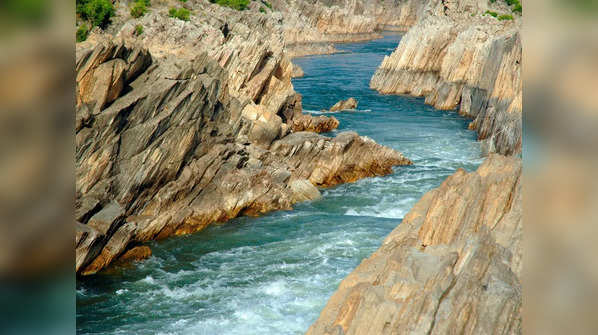
The most unique major river in India
In the heart of India, amidst the dense forests and rolling hills of the central highlands, flows a river that has captivated the imagination of people for centuries. This river, originating from the Amarkantak Plateau in Madhya Pradesh, charts a unique westward path, defying the common eastward flow of its counterparts. It is the Narmada, a lifeline that has nourished civilizations, inspired countless legends, and holds a sacred place in the hearts of millions. The Narmada River basin covers an area of about 98,796 square kilometers (38,145 square miles) and spans the states of Madhya Pradesh, Maharashtra, and Gujarat.
While other rivers like the Tapti, Mahi, Sabarmati, Luni and several minor rivers also flow westward, the Narmada is the only major river to flow into the Arabian sea. It forms an estuary instead of a delta as it flows into the Arabian Sea near the Gulf of Khambhat unlike other major rivers. A major river is typically characterized by its large size, significant length, and substantial water flow, often supporting extensive drainage basins, diverse ecosystems, and playing crucial roles in the geography, economy, and culture of the regions they traverse.
Image: Canva
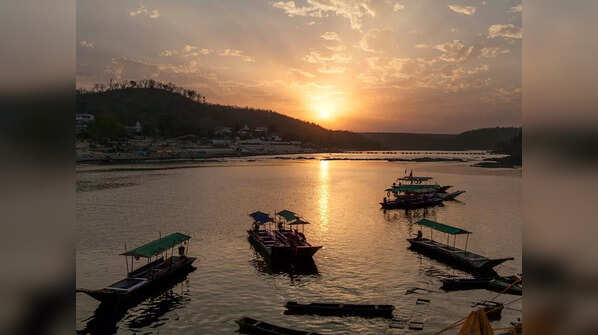
One of the important holy rivers in India
The Narmada River, revered as one of the important holy rivers in India, holds a unique place in the country’s geography and spiritual ethos. It traverses a westward path across the central region before meeting the Arabian Sea. The river is often cited as the only one in India that flows in a rift valley, flowing west between the Satpura and Vindhya ranges. It is also said to be the only major river in India that flows out into the Arabian sea.
Image: Canva
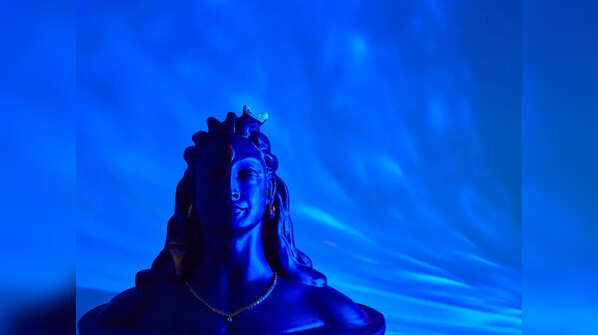
Cultural significance of Narmada
The Narmada’s significance is not just hydrological but deeply cultural and spiritual. According to Hindu mythology, the river is said to have sprung from the body of Lord Shiva. One legend narrates that Shiva’s intense meditation generated such heat that his sweat accumulated in a tank and started flowing as the Narmada. Another tale speaks of two teardrops from Lord Brahma, which fell to the ground and became the rivers Narmada and Sone.
Image: Canva
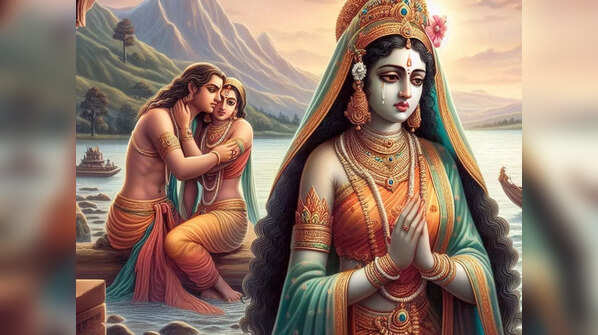
The river that never got married
The Narmada River, often referred to as the “Daughter of the Sky” and one of India’s holiest rivers, carries with it a tale of love, betrayal, and self-imposed solitude. The story of why Mother Narmada remained unmarried is woven into the cultural fabric of India, resonating with themes of purity and independence.
According to folklore, Narmada was once in love with Shonbhadra, a river personified as a handsome prince. Their union was anticipated with joy, but fate had other plans. Shonbhadra’s affections were swayed by his servant Juahila, causing a deep rift between the lovers. Feeling betrayed, Narmada decided to chart her own course, flowing westward, away from Shonbhadra, in a direction opposite to the major rivers of the Indian subcontinent.
Image: Generated via Copilot
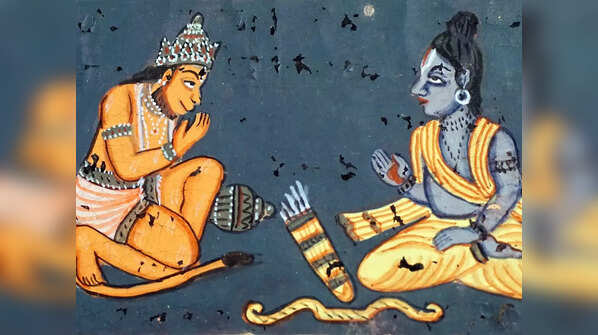
A witness to the rise and fall of empires
Throughout history, the Narmada has been a witness to the rise and fall of empires, serving as a natural boundary between the northern and southern parts of India. It has been mentioned in ancient texts like the Ramayana, the Mahabharata, and various Puranas, highlighting its longstanding presence in the collective consciousness of the nation. The river is also known as Rewa, and entire sections of the Vayu and Skanda Puranas are dedicated to its story and significance.
Image: Canva
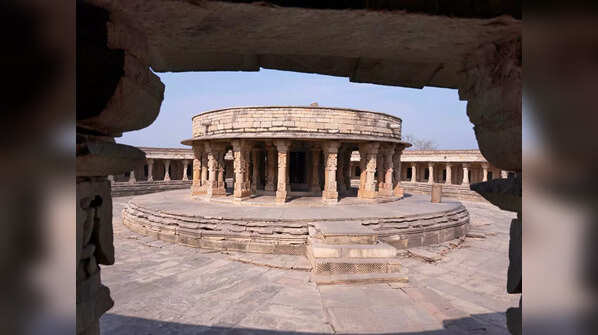
Narmada: A cluster site of pilgrimage sites
The Narmada’s banks are dotted with numerous pilgrimage sites, the most prominent being Amarkantak, Omkareshwar, and Maheshwar. These towns are not only spiritual retreats but also historical hubs that have seen the development of various forms of art, architecture, and community life. The river’s cultural landscape is enriched by the presence of the Mahadeo temples, Nemawar Siddeshwar Mandir, Chausath Yogini, and Chaubis Avatar Temple, among others.
Image: iStock
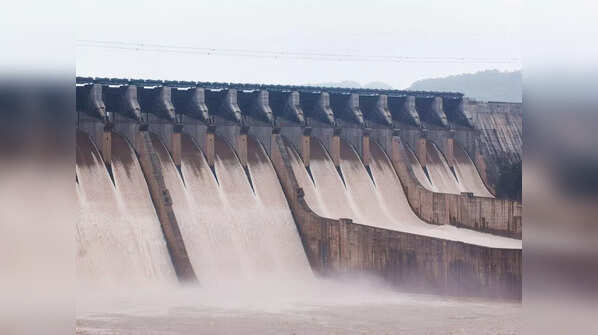
Narmada Bachao Andolan
The river also plays an important role in the lives of the people residing along its banks. It is a source of irrigation, drinking water, and electricity for millions. The Narmada Bachao Andolan, a social movement led by activist Medha Patkar, brought the river into the global spotlight, highlighting the environmental and human impact of the Narmada Valley Development Project.
Image: Canva

The Shiva connection
The Narmada’s pebbles, shaped like the Shiva Linga, are considered sacred and are collected for worship. The Brihadeeswara Temple in Thanjavur, built by Rajaraja Chola, houses one of the largest such lingams. The river’s connection to Shiva is further cemented by the fact that Adi Shankara met his guru, Govinda Bhagavatpada, on its banks.
Image: Canva
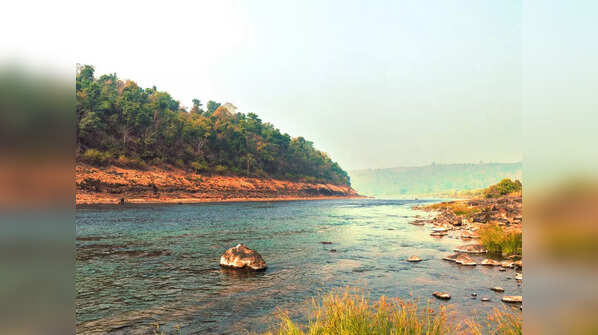
Final words
The Narmada continues to flow, carrying with it centuries of devotion, myths, and history. It is not merely a river but a living tradition that has shaped and been shaped by the myriad expressions of human faith and the natural world. Its waters whisper tales of ancient times, and its course inspires the people of India to this day.
Image: Canva
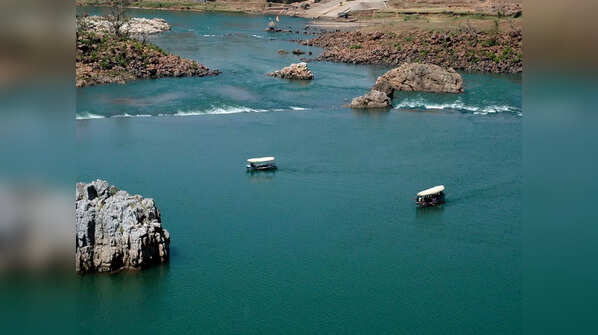
A lesser-known fact
One fascinating, lesser-known fact about the Narmada River is its geological age. The rift valley and the Narmada Valley itself were formed about 160 million years ago during the breakup of the Pangea supercontinent, making the Narmada one of the oldest rivers in the world. This ancient river flows through a rift valley bordered by the Satpura and Vindhya ranges, which is a unique geological feature in India. Unlike most rivers, the Narmada does not form a delta; instead, it forms an estuary as it meets the Arabian Sea.
Image: Canva









